The Camera - 3
Viewfinder cameras
Short Summary:
Viewfinder cameras have a viewfinder that allows you to see the object you want to photograph. The only catch is, you can’t see what the lens sees.
They’re usually simple and budget-friendly cameras, perfect for beginner photographers.
In Detail:
All viewfinder cameras, whether they’re analog or digital, have one thing in common: you don’t see what the lens sees.
Instead, you use a separate viewfinder to line up your shot, usually from the side or above.
Some viewfinders are super simple - just a little hole you look through, with a rough frame to show you the bounds of the shot. But others have lenses in them, to give you a clearer idea of what you’re about to capture.
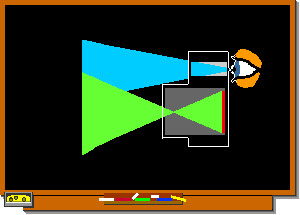
There are very sophisticated viewfinder models that take into account both the focal length of the lens you’re using and the parallax error. With these camera models, you can see more or less exactly what will be captured by the sensor or film by an incorporated frame. Viewfinder cameras are available in the digital domain as well as film cameras.
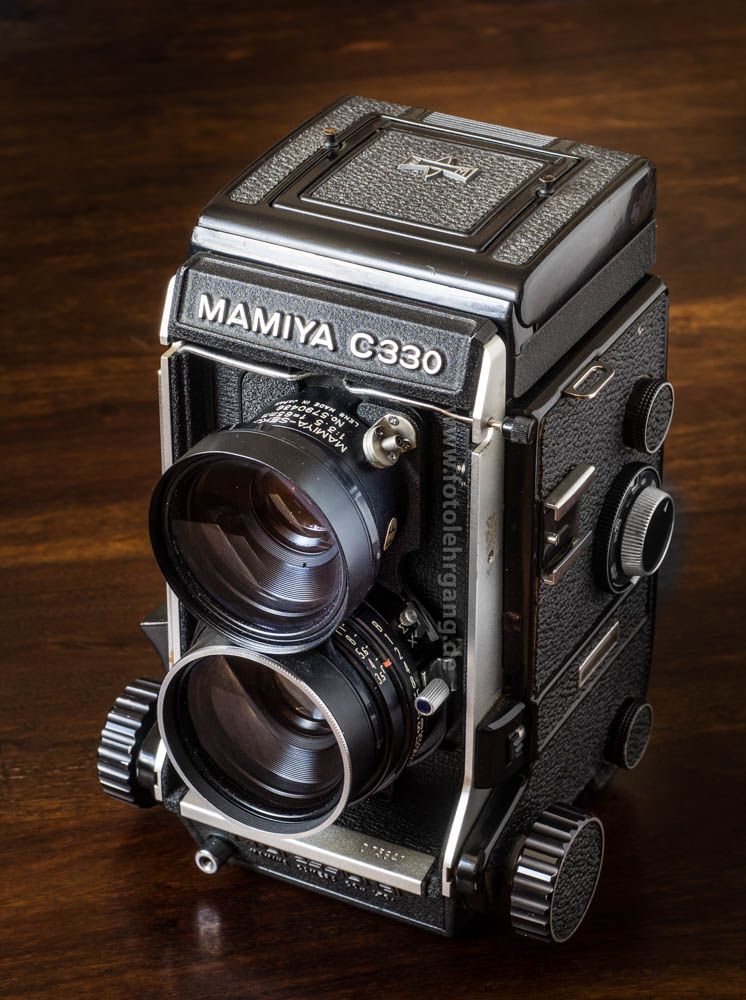
A twin-lens reflex camera also falls into the category of viewfinder cameras. The upper lens is the viewfinder lens and the lower lens is used for taking pictures. Of course, there is also parallax here.
Viewfinders, the standard ones and the twin-lens-reflex types, are available for almost all shooting formats. The range goes from tiny spy cameras to large-format cameras for sheet film or digital backs.
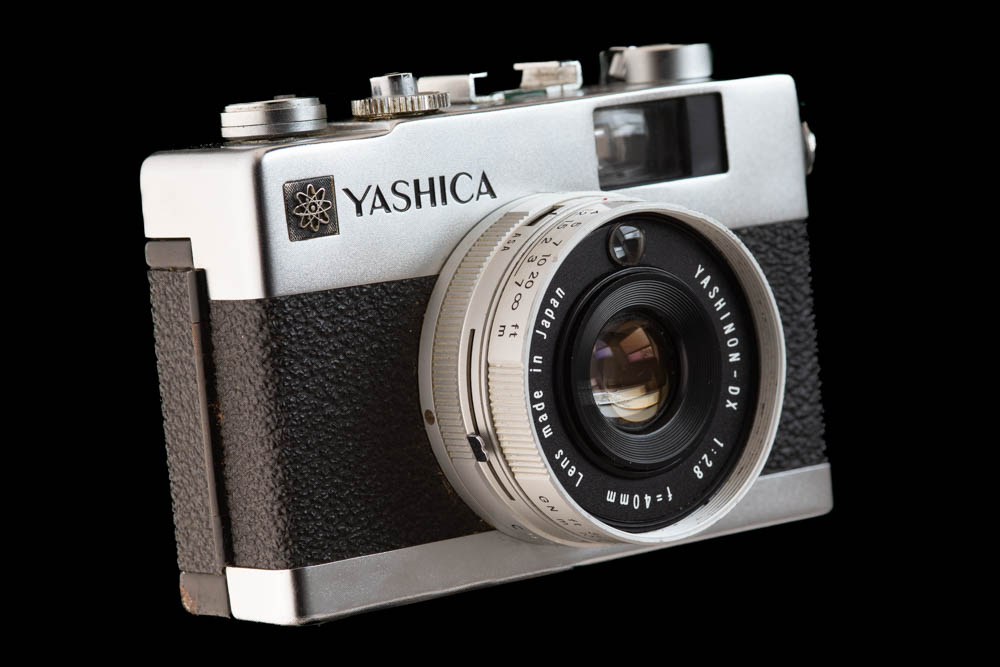
Most analog viewfinder cameras are in the small format category. Digitally, they are typically found in the compact camera range.
In both cases, these are the most popular cameras among amateurs. They are relatively easy to use and often reasonably priced. Exposure and focus adjustments are usually done automatically.
Analog viewfinder cameras are usually the little guys - think compact and pocket-sized. Digital viewfinders are mostly found in compact cameras as well.
Those models were very popular with amateur photographers. They’re easy to use and often won’t break the bank. Plus, they usually handle all the exposure and focus adjustments for you, so you can just focus on getting the shot. But nowadays they were going of the market, as the cameras in the smartphones are getting better.
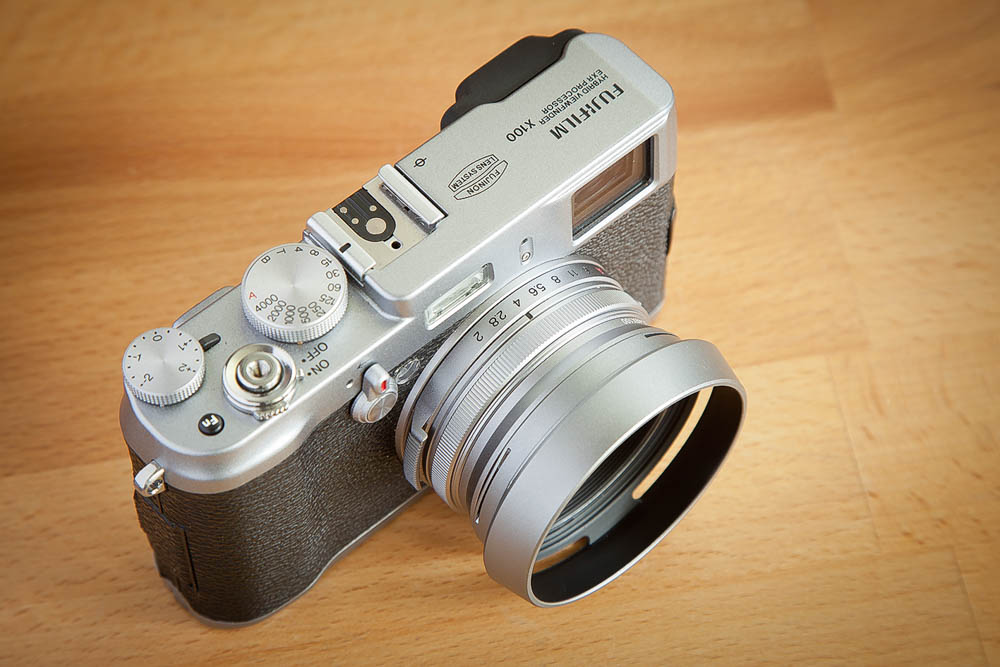
In the digital world, there’s been a resurgence of high-quality viewfinder cameras, some with interchangeable lenses, etc. These usually have a significantly bigger sensor than the compact types, which can result in higher image quality.
The more valuable viewfinder cameras (analog and digital) are often manually focused. To avoid relying on estimation, these models are often equipped with a split-image rangefinder, which is linked to the lens’s focus setting. Simple and inexpensive analog viewfinder cameras, on the other hand, often have a simple fixed focus lens.
While the very simple fixed focus cameras have to make do with only one focal length (usually a wide-angle), higher-end viewfinder cameras allow for changing the lenses. And many budget-friendly compact cameras (digital and analog) come with a zoom lens.
Viewfinder cameras have some advantages over SLR cameras. They are often discreet and quiet to use, and they use to be budget-friendly than DSLRs and the mirrorless ones. However, they also have some significant drawbacks. One of the biggest challenges with (film) viewfinder cameras is the so-called parallax error. This error causes the image to be different from what you see through the viewfinder. Fortunately, it is only noticeable at close range.
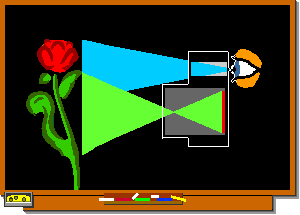
In the case of digital viewfinder cameras, an active display that displays the view through the lens more or less accurately and without parallax error is often available. Another drawback of analog viewfinder cameras (which can partially be compensated for by the display in digital models) is the inability to see the depth of field, which can’t be seen in the viewfinder like in a single-eyed SLR camera with a depth of field preview button.
Lenses with extremely long or short focal lengths are difficult to use on pure viewfinder cameras without a display: It’s hard to control what will be captured in the viewfinder. And you can’t easily see the effect of filters either. Even if you accidentally hold your finger in front of the lens, you won’t see it until you get the finished photo. All of these drawbacks can often be addressed with the display on a digital camera.